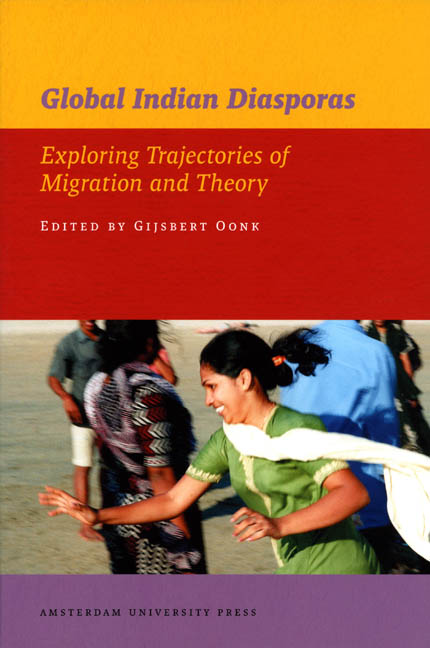8 - Diaspora Revisited: Second-Generation Nizari Ismaili Muslims of Gujarati Ancestry
Published online by Cambridge University Press: 23 January 2021
Summary
Introduction
The term diaspora seems to have migrated in a manner similar to those it intended to describe and beyond. It began as a way of describing the dispersal of Jews from their homeland (Connor: 1986; Vertovec: 2000) and has subsequently flourished as a way of describing the relationship that individuals have with the so-called ‘homeland’ (Gupta and Ferguson: 1992). In searching the Internet one can find references to English, Australian, Indian, and African diaspora amongst others. The one factor that seems to be highlighted as a feature of all ‘diasporas’ is the relationship with a ‘homeland’ (original point of departure), real or imagined, as opposed to that of a ‘hostland’ (site of arrival). We propose that the association assigned by academics among others, may in fact simply be a relationship that these individuals have with their ancestral heritage (ethnicity). This paper aims to question the very nature of that link with a ‘homeland’ as it applies to the second generation and beyond. Mukadam (2003: 96) questions the use of terminology that is commonly used in discourse related to the second and third generation and proposes that the term post-diaspora be used to describe these individuals:
It appears that the word ‘diaspora’, like the word ‘immigrant’, is no longer being used to refer to the first generation and continues to be used when making reference to the second generation and beyond. If the word ‘diaspora’ refers to those whose cultural origins are in a different land, then how far back do these communities have to go before they are recognised as belonging to the new homeland or will academics and others always refer to them in relation to a past with which many, at best, have symbolic links?
In the introduction we have seen that there are five main features which are needed in order to define expatriate minority communities or diasporas: (1) Dispersal of individuals, communities or their ancestors from an original centre to at least two further locations; (2) Maintenance of a myth in relation to their homeland; (3) Alienation in the country to which they migrated; (4) Envisaging a return to their homeland at some future point in time and; (5) Dedicated to a relationship with this homeland (Safran 1991).
- Type
- Chapter
- Information
- Global Indian DiasporasExploring Trajectories of Migration and Theory, pp. 195 - 210Publisher: Amsterdam University PressPrint publication year: 2007
- 4
- Cited by



